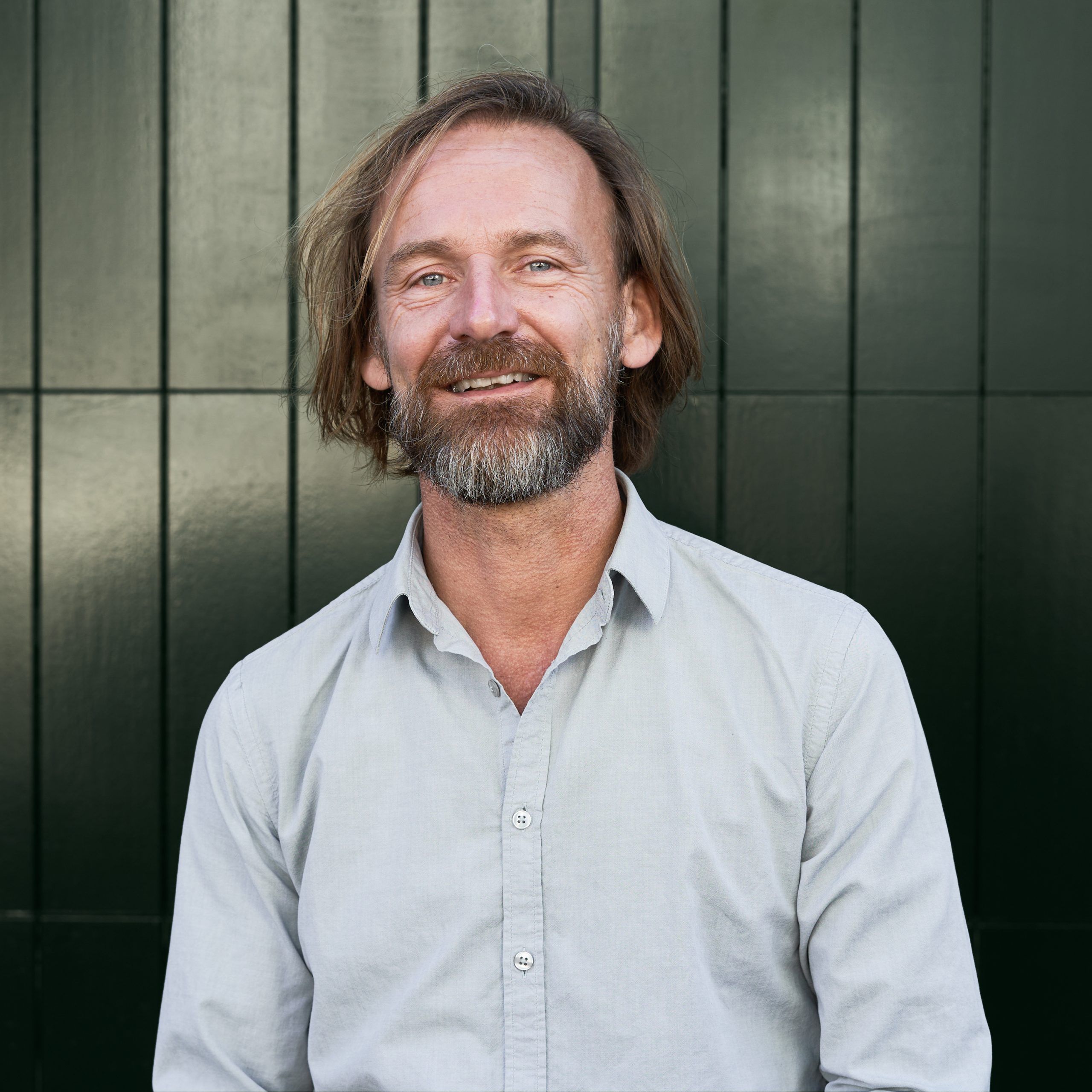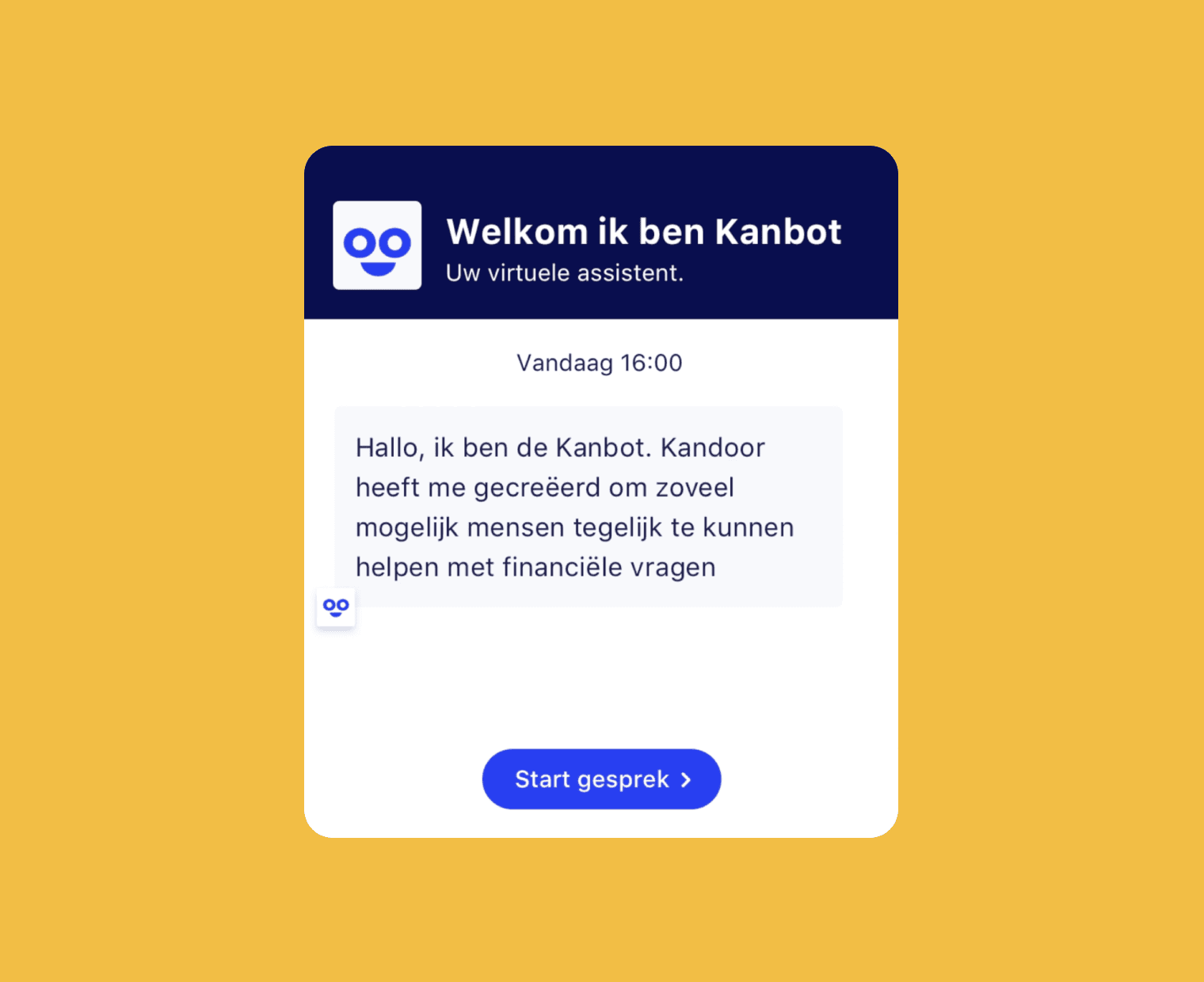Waarzitwatin
waarzitwatin.nlAligning three ministries, companies and consumers with Service Design

The GRRR method of 'prototyping, -checking what works, and improving it', was the key in this process. With all these parties it could not have gone in any other way.
Aligning public and private interests with a focus on the end user
There was no central place with independent and reliable information about chemicals in consumer products. Quite crazy actually when you consider that there are chemicals almost everything. New regulations by the European Union state that information about chemicals in consumer products must be available to all Dutch people.
Under the authority of VeiligheidNL and RIVM, and with the support of the Ministry of Health, Welfare and Sport (VWS) and the Ministry of Infrastructure and Water Management (I & W), GRRR started this challenging question. With our Service Design, GRRR managed to develop a concept in which the (somewhat opposite) interests of producers, consumer organisations and government, have been brought together in a platform that connects consumers with valuable information in an easily accessible and understandable way.
The websites name is ‘Waar zit wat in’, which means ‘What is in it?’
I think it is important that people have quick and easy access to reliable and up-to-date information about chemical substances in products that they use regularly, and that they receive good advice on this.
Challenge
Informing citizens about chemical substances by the Dutch government is of course preceded by an extensive process. A large number of private and public parties have a say and often conflicting interests. GRRR was approached to use Service Design and Design Thinking in order to represent the end user in this process. From a joint focus we were able to start creating a strategy and the corresponding communication tools.
Result
Waarzitwatin is the website where Dutch citizens find reliable and practical information about domestic chemical products. We are proud to have helped align three ministeries, the RIVM, the NVWA and all private parties such as Mattel, LEGO and AkzoNobel on time and within budget.
Our approach
To successfully accomplish a complex project like this one, GRRR created a specific approach regarding the Service Design and Design Thinking principles. Both techniques are emerged from the creative industry, and are gaining ground in mainstream boardrooms from McKinsey to General Electric. We dig deeper in this process according to four steps explained in this article.
1. Discover: what is the real question?
The assignment was to develop a product database with information about chemicals. In phase 1 of our process, we first investigate if we are focussing on the right problem. To find out, we conducted a research among our clients’ end users and other stakeholders.
In this case we did user research, expert reviews and visited places where chemicals were sold.
2. Define: boundaries of the research
During the second fase, the job was to develop a website about chemical substances.
Low interest / high engagement
After the conducted user research and interviews with experts; the vendor of a painting shop and the director of a chemical concern, we discovered that chemical substances belong to the low interest / high engagement category. You only think of it when there is need of/ when it is urgent, but if the case you want to gather trustful and independent information.
Life events
The search of chemical substances is often associated with incidents and occasions like an accident with a chemical substance, pregnancy or holidays. That’s how we found out we should not develop an app but, instead, an easy accessible website.
3. Develope: prototyping and testing
This is where we (finally) start with developing the creative concept. It starts with a plane website, including a brand reflecting a human and trustful feeling that doesn’t feel too corporate. We first create prototypes which we got tested in a test environment, after which we launch the website so it got tested by real visitors on its core functions.
4. Deliver: an easy to find platform worth trustworthy information
The result is a clear website where consumers can find reliable information about chemical products in and around their homes. In the spirit of Service Design, we see the website as as service, and therefore not as something static, but in contrary something we keep developing over time. We are currently working on optimising content and find-ability.
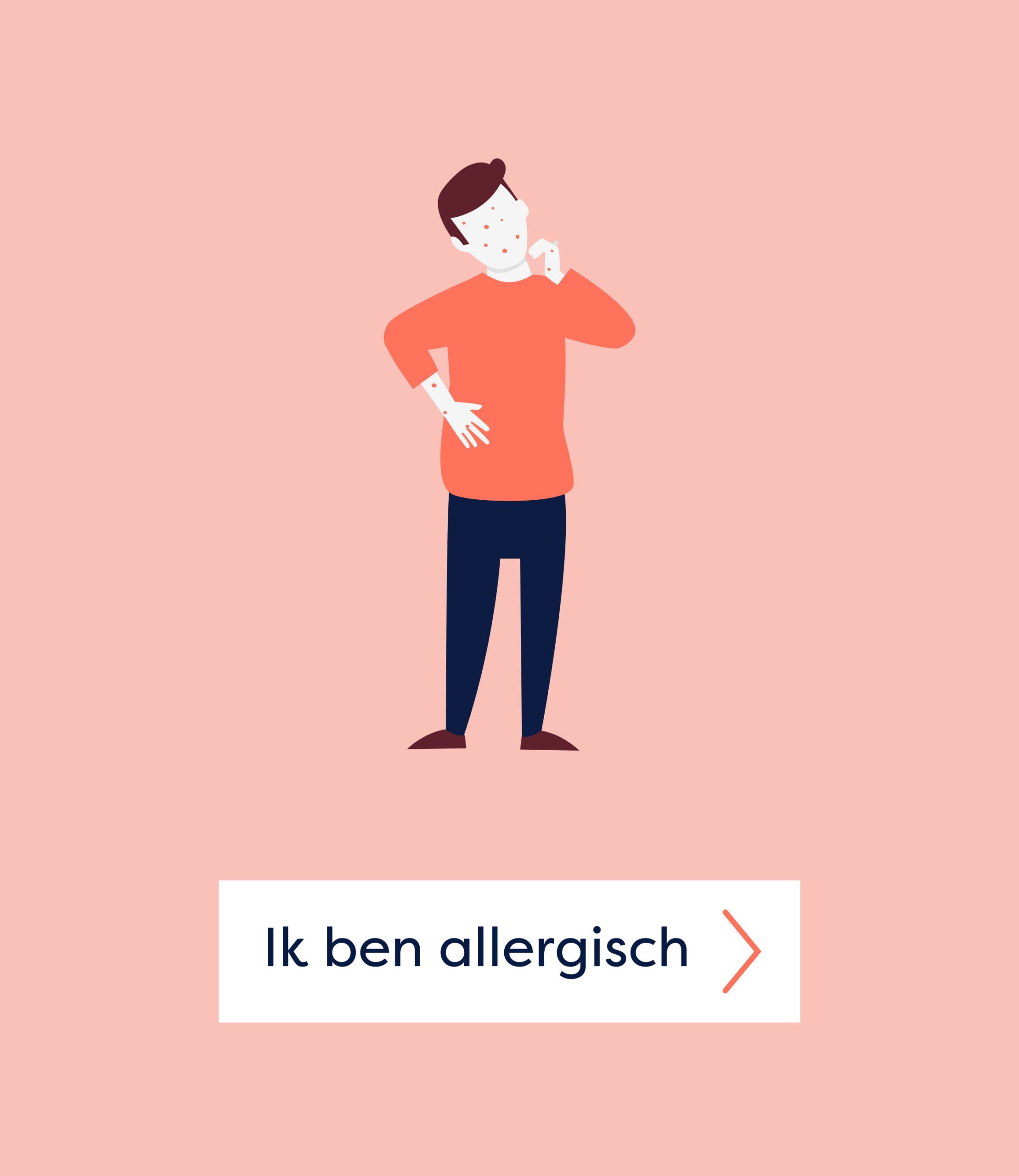
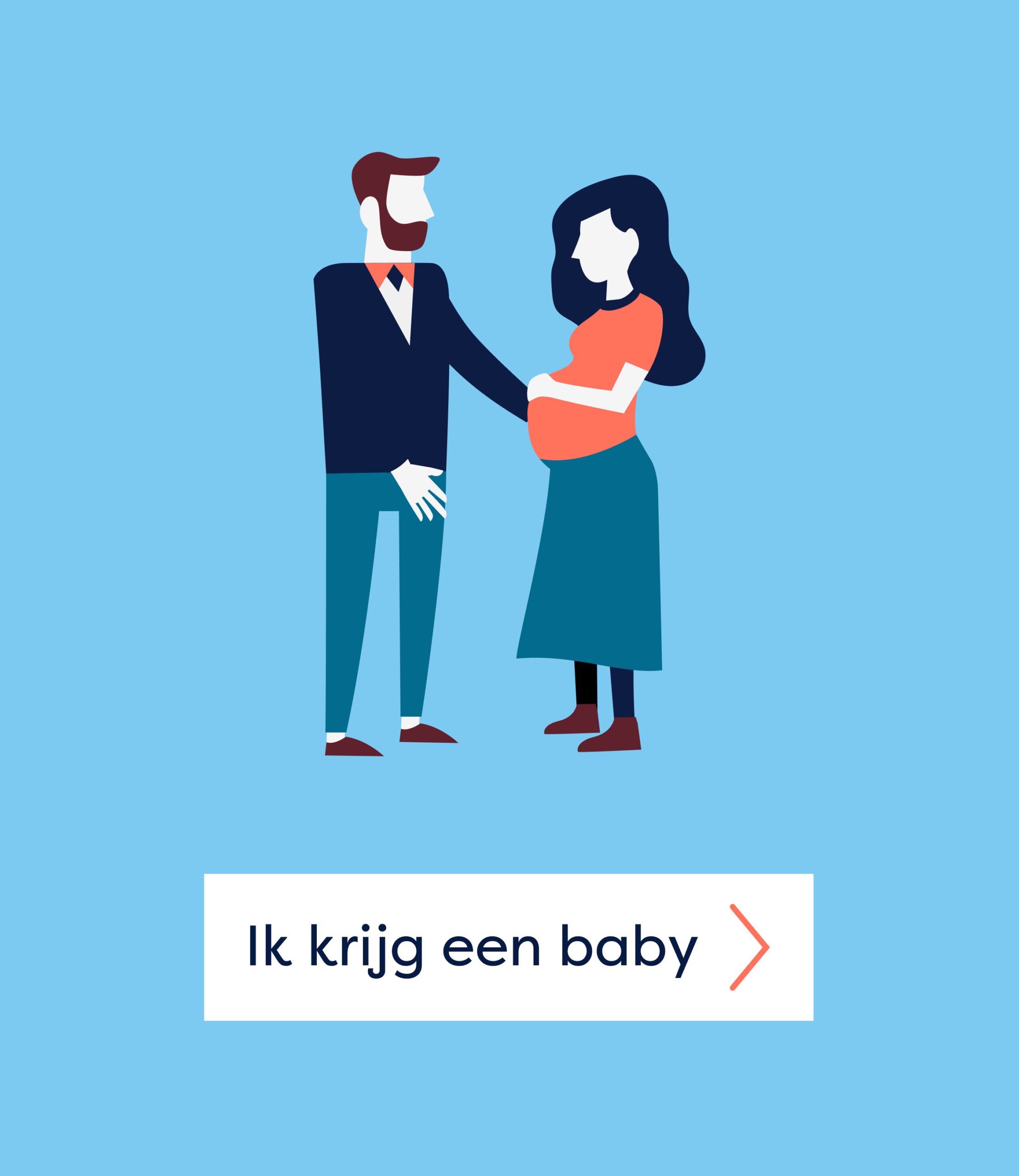
GRRR is capable of applying/practicing a problem-solving approach. This was needed to bring public and private parties together during this project.
API
The cooperating authorities invested serious effort in producing high quality content for the Waarzitwatin platform. That is why we have developed an API so that the content can easily be used by third parties. By doing this we make sure the content has optimal reach and value.
Many positive reactions from serious parties
Waarzitwatin was quickly picked up by various media. This shows that this is an important theme in our society. There is a need for reliable and up-to-date information about chemicals in products that we use every day.
GRRR immediately stood out against their competitors. Their knowledge and experience about databases in combination with the method 'try-look what works-improve'. In this process with all these parties it could not have been done in any other way. Furthermore, the design is really beautiful.
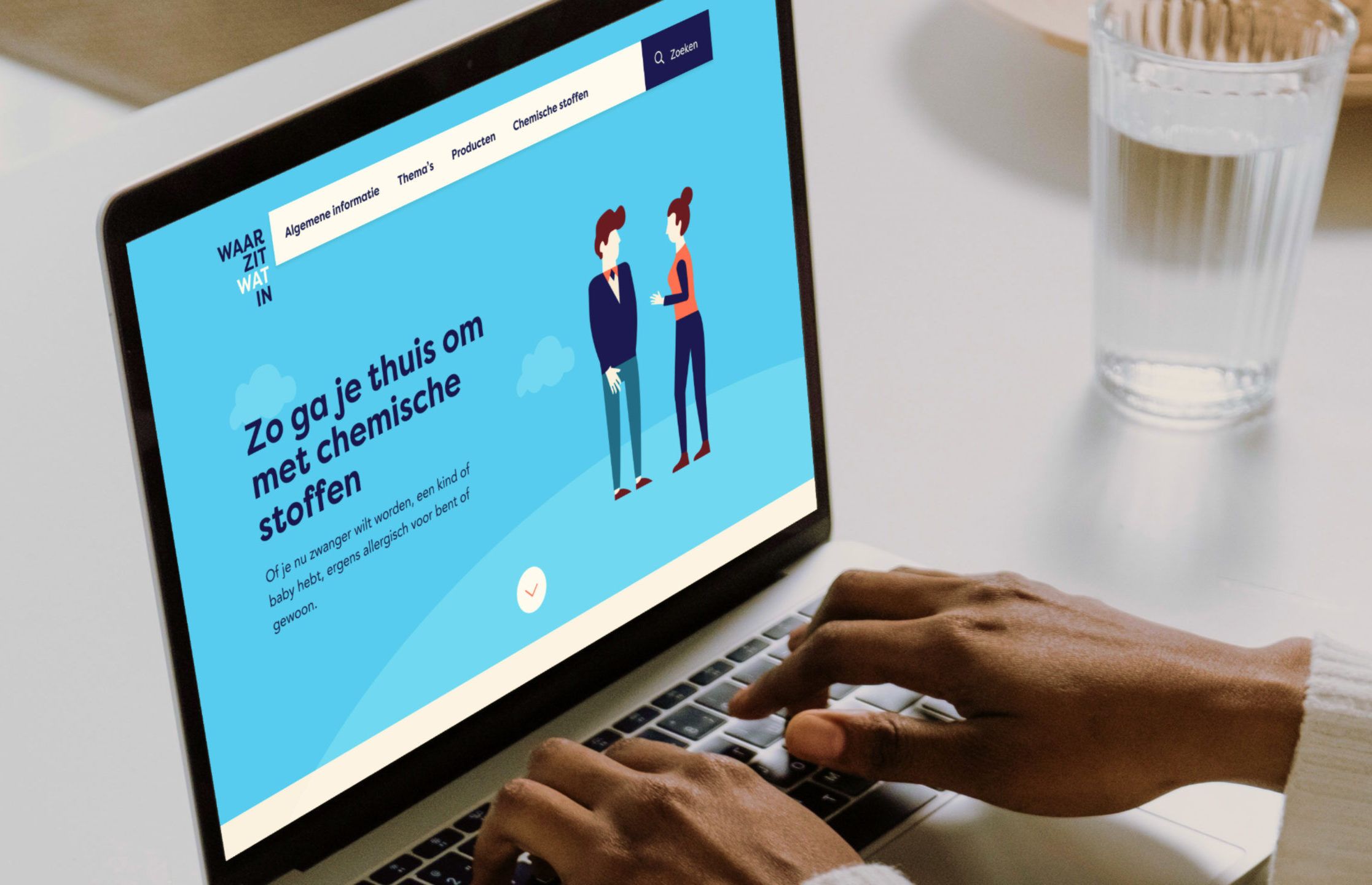
Handelingssnelheid en korte lijntjes
GRRR helps (semi-) public institutions and corporates to draw up and implement solutions for strategic challenges. If the case requires it, we work together with a fixed network of experts. We are a team of strategists, designers, marketers, techies and managers. Take a look at our cases from Kandoor, an innovation process that we created for a large pension provider and get an impression of the platform we made for the City of Amsterdam to help parents with the school choice of their children.
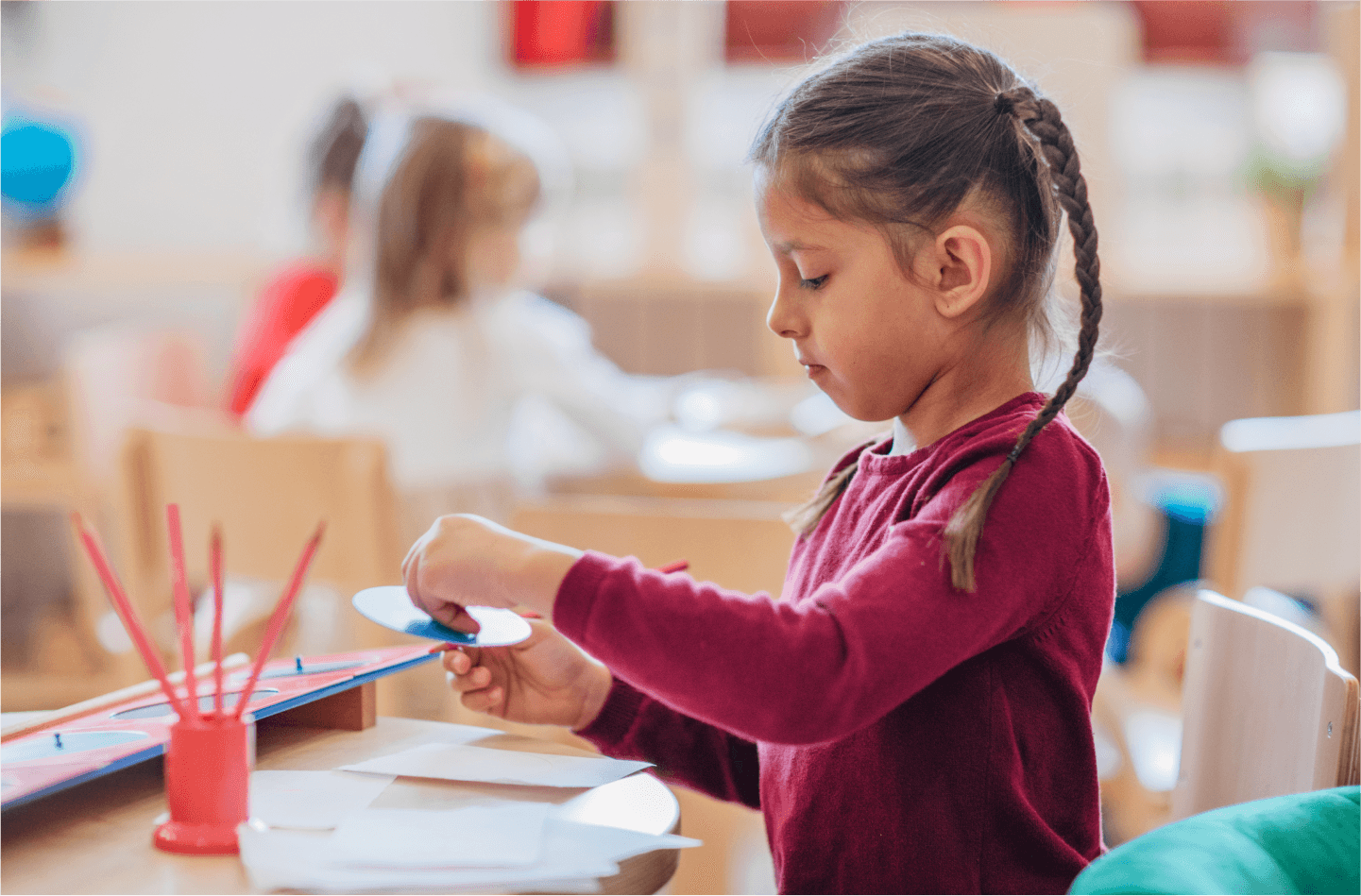
Gemeente Amsterdam
Beter onderwijs door digitale transformatie
